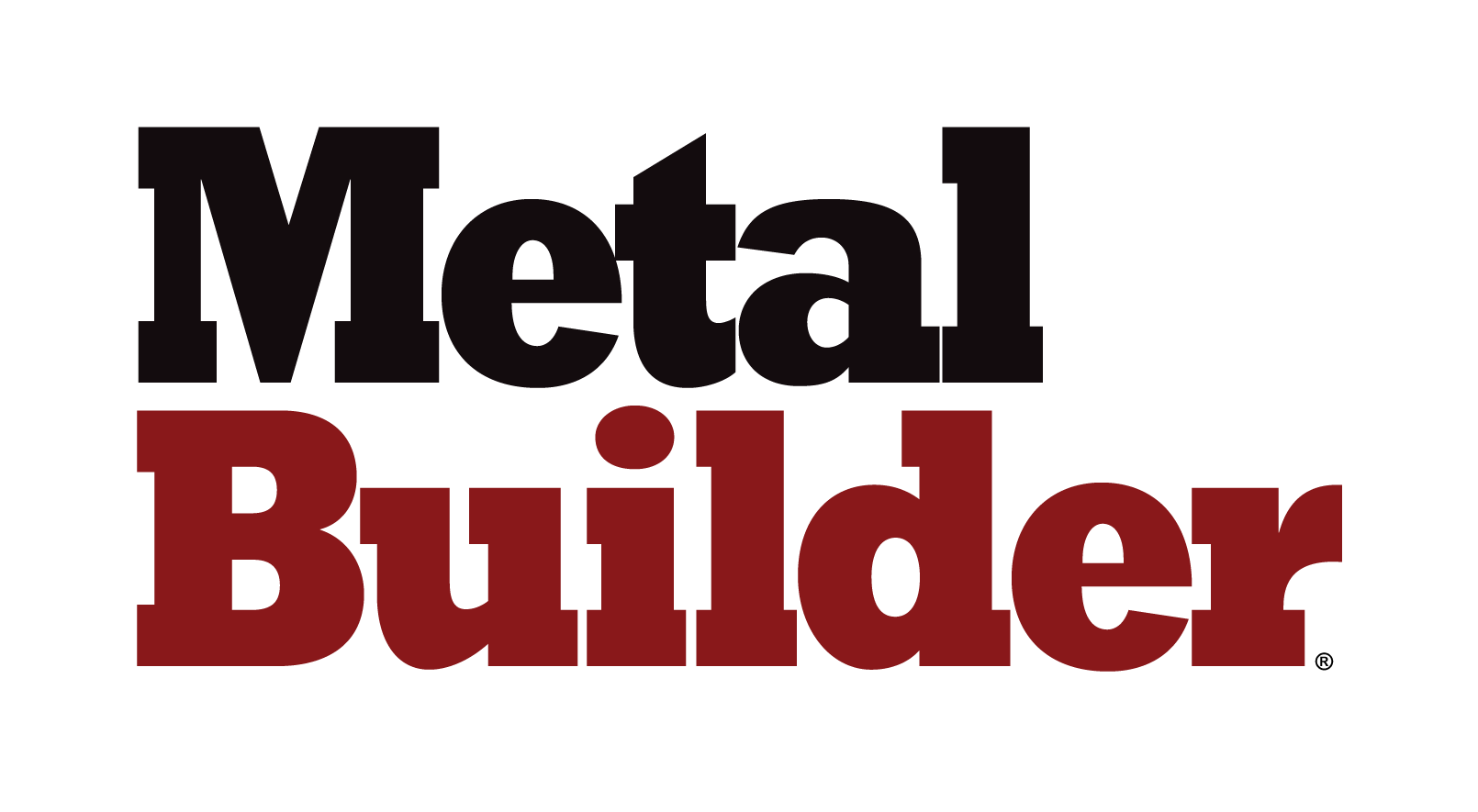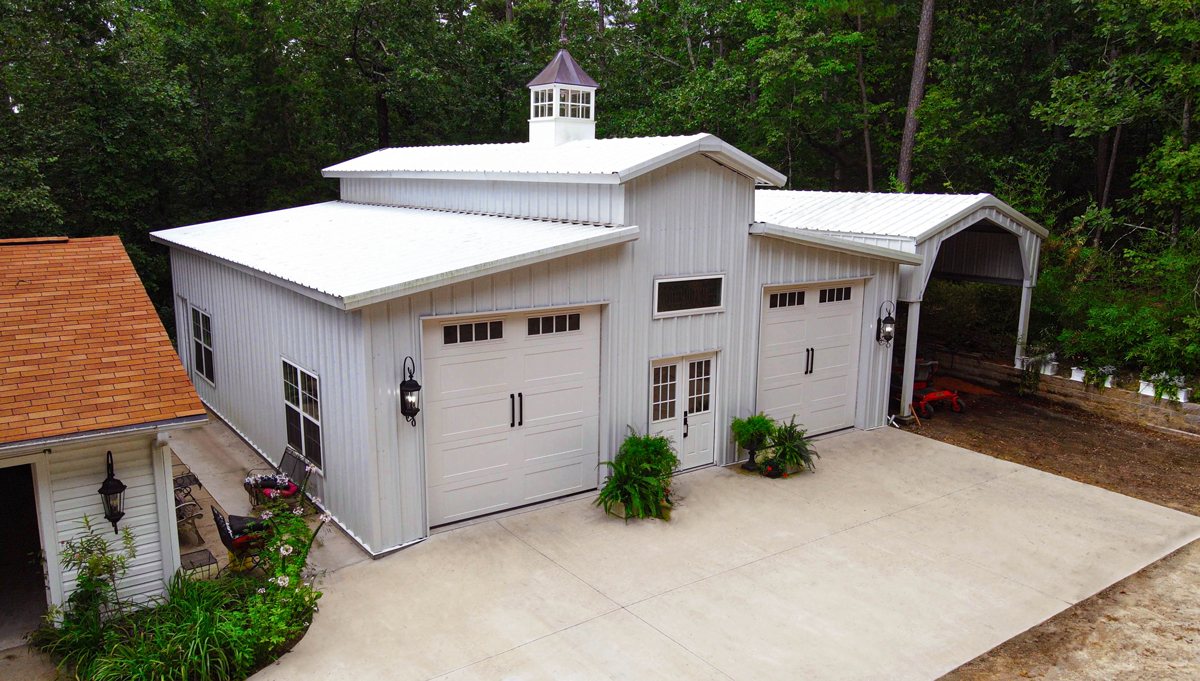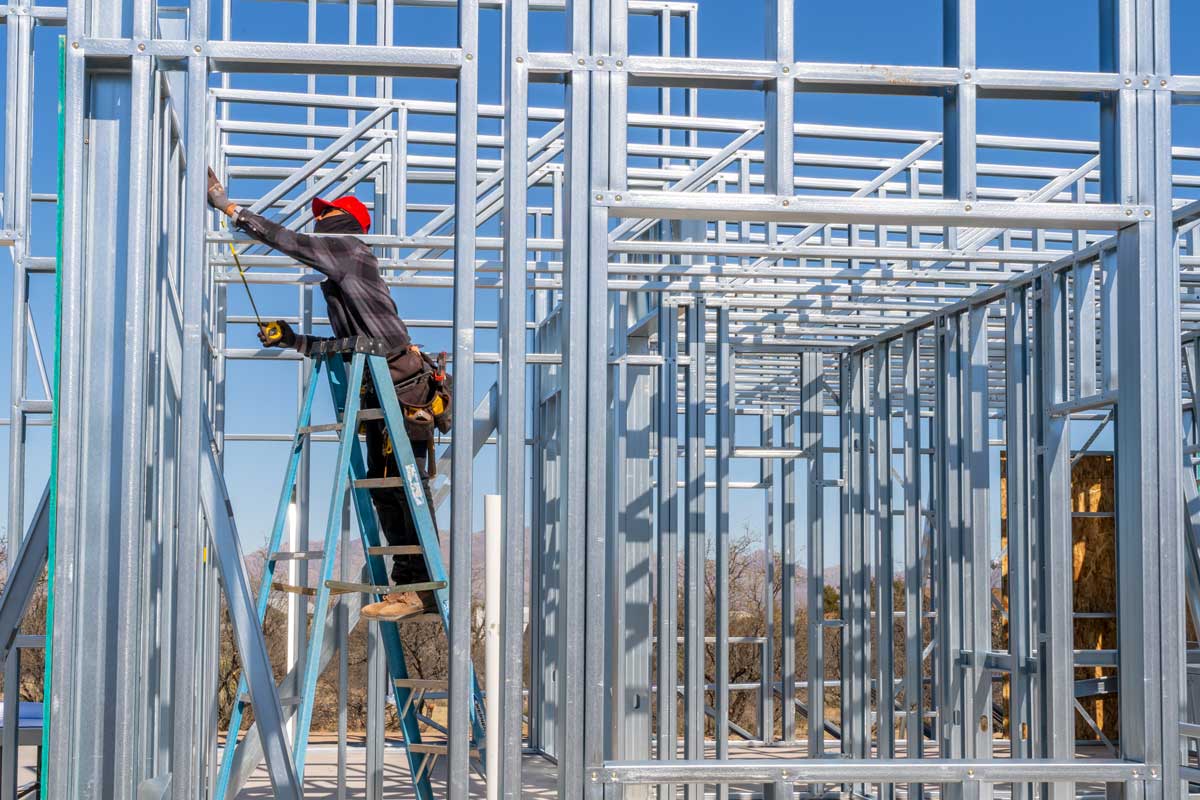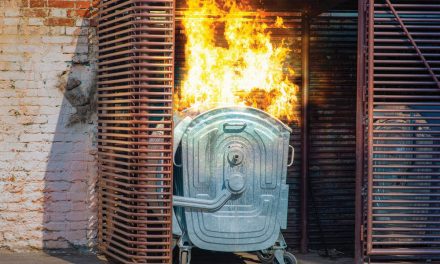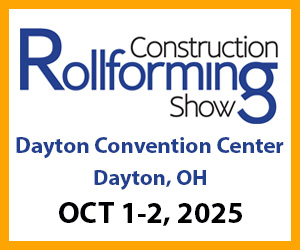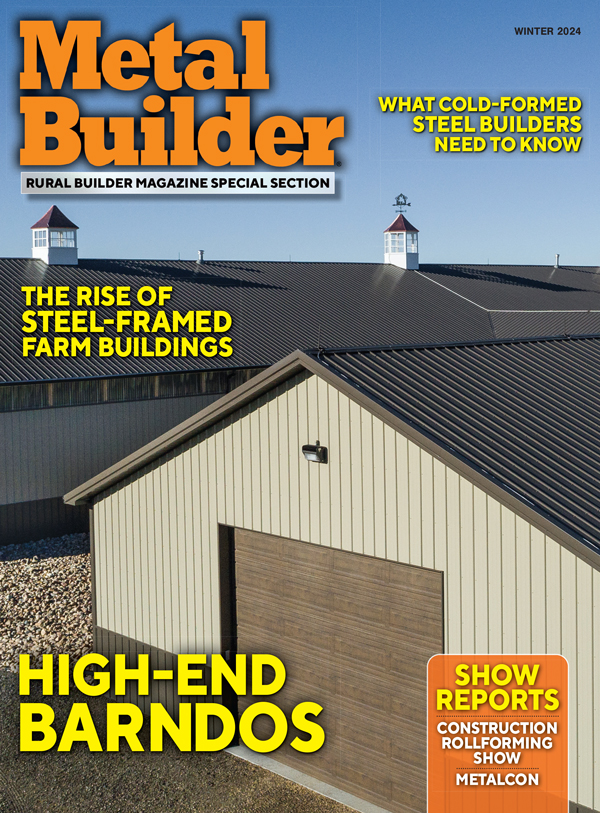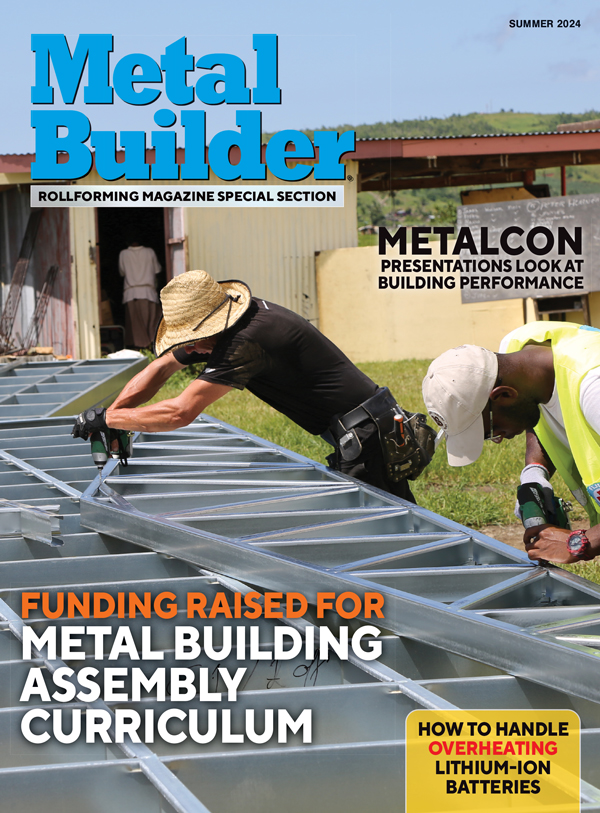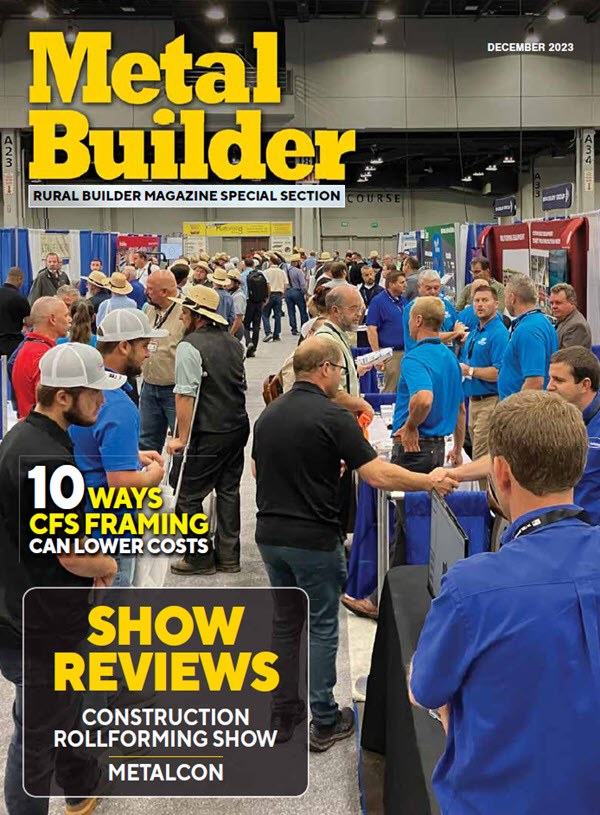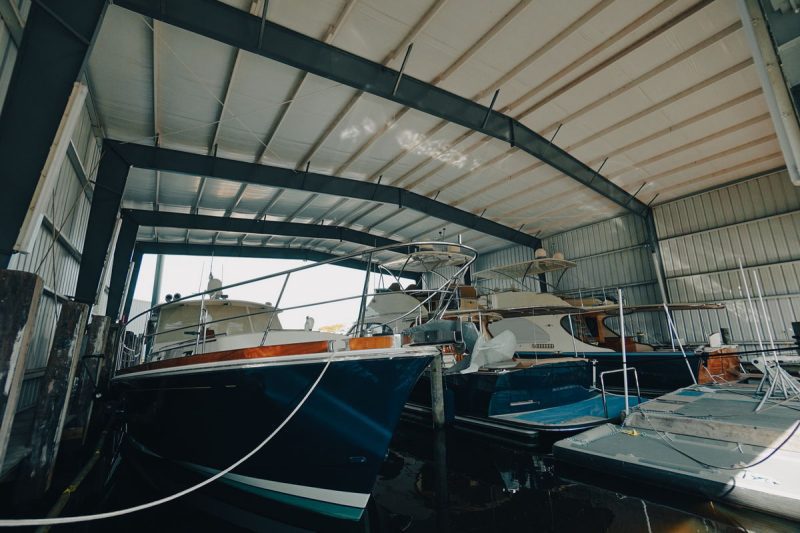Builders who haven’t put up a steel-framed building before may assume that the barriers to entry are too high, but the answers to these questions show that’s not the case at all.
Q: What is a cold-formed steel (CFS) building?
A: A cold-formed building (CFB) is a pre-engineered metal building system built using cold-formed steel sheets or strips to create structural components. Unlike hot-rolled steel, which is shaped at higher temperatures, cold-form metal buildings are formed at room temperature using roll-forming or bending methods. CFBs are typically a cost-effective, easy-to-install option that feature a higher strength-to-weight ratio, greater longevity, and more durability compared to structures made of wood and other organic materials.
Q: What are the key properties and behaviors of cold-formed buildings (CFBs)?
A: CFBs are typically made with lightweight, 12- to 16-gauge structural members, available in galvanized and red oxide, which allow the structural load to be distributed across more load-bearing points. This design typically requires less concrete for foundations, reducing both foundation costs and installation time. Lightweight pieces also enable erection crews to maximize productivity because components are easier to maneuver at the jobsite. Alternatively, CFBs can also feature larger structural members that require fewer bolted connections to help speed up the erection process.
Q: What advantages do cold-formed buildings (CFBs) offer compared to post-frame buildings?
A: There are several benefits to choosing CFBs over post-frame buildings, including:
Durability: When properly designed and constructed in accordance with building codes, CFBs can better withstand heavy loads and extreme weather like high winds, snow, earthquakes, and hurricanes, making them suitable for a wider range of climates.
Longevity and Maintenance: CFBs offer exceptional long-term value by protecting against pests, termites, fire, and mold, as well as by resisting corrosion. They also generally require less maintenance over time compared to wood. which may need regular treatment or replacement.
Speed of Construction: The high strength-to-weight ratio of steel allows for greater structural integrity with less material. This not only results in lighter framing that is easier to transport and install, but also comes with fewer foundation requirements.
Design Flexibility and Quality: Because they are manufactured in controlled conditions and can be designed with custom shapes and sizes, CFBs allow for more creative architectural design options without sacrificing quality, which can vary with wood. The flexibility of steel and highly configurable nature of CFBs also enables designers and builders to easily adapt to specific project requirements.
Fast Delivery: The efficient manufacturing process for CFBs enables them to be delivered faster than post-frame buildings, lowering lead times and shortening construction cycles.
Q: What should construction crews know about reading cold-formed building (CFB) construction drawings?
A: CFB construction drawings follow industry standard practices similar to drawings for other building types. As with any basic construction plans, CFB drawings include step-by-step installation details to guide assembly and feature QR codes and links to expedite and add clarity to the installation process, which is typically faster than buildings made with organic components like traditional post-frame buildings.
Q: How many crew members are needed to construct cold-formed buildings (CFBs)?
A: Crew size for constructing CFBs depends on the building’s size and complexity, but typically requires a minimum of two crew members with general building and construction knowledge. For example, a 50’ x 100’ Hypersteel™ CFB from Fortify Building Solutions (Hypersteel.com) — part of the Cornerstone Building Brands family — was erected by a husband-and-wife pair because of the product’s straightforward design and ease of assembly. Some projects with accelerated construction schedules or jobsite constrictions may need more crew members.

Q: How are structural members (pieces) fastened together in cold-formed building (CFB) construction?
A: Structural members are typically bolted together using mechanical fasteners, which require standard tools like impact wrenches. CFB design eliminates the need to preset anchor bolts into a poured concrete foundation before it is set, saving time and reducing misaligned bolt placement that hinders installation. Because they are bolt-up and not stick-framed structures, CFBs don’t require as much field modification or activities that introduce fire hazards like welding.
Q: Are any specialized tools required for cold-formed building (CFB) construction?
A: No specialized tools or heavy equipment are needed for CFBs beyond basic tools that are common for steel building construction and available in most hardware stores.
Q: Why are cold-formed buildings (CFBs) considered safer and easier to construct?
A: CFB components are lighter than conventional steel components, reducing the need for heavy equipment. Designs also often allow fewer pinch points and typically do not require specialized training to erect, as components are precut and predrilled, allowing for straightforward assembly on-site.
Q: How do cold-formed buildings (CFBs) comply with building codes and standards?
A: When using Hypersteel design software, CFBs are designed to meet the International Building Code and the AISI S-100 standards. It’s the contractor’s responsibility to ensure compliance, but CFBs like Hypersteel™ from Fortify Building Solutions include compliant design specifications to assist.
Q: What safety procedures should be followed during cold-formed building (CFB) construction?
A: While CFBs generally have fewer pinch points and use lightweight structural members, installers should follow the same safety practices required for any construction environment when working on a CFB site. This includes using appropriate personal protective equipment (PPE) and following OSHA guidelines.
Q: How does cold-formed building (CFB) construction impact coordination with other trades?
A: CFBs can be designed to achieve efficient erection at the jobsite, enabling downstream trades to begin their work and compress the overall project schedule.
Q: What kind of cladding can be put on a cold-formed building (CFB)?
A: CFBs can accommodate a variety of cladding materials, each offering different aesthetic and performance benefits. Common types of cladding that can be used for CFBs include metal panels, vinyl siding, stone veneer, brick or brick veneer, fiber cement board, wood siding, stucco composite, and glass cladding.
Q: Where would someone buy a cold-formed building (CFB)?
A: CFBs can be purchased through leading building materials retail outlets and distributors, as well as by working directly with manufacturers, as they can provide regional recommendations. MB
Matthew Ackley is the President of Cornerstone Building Brands’ Shelter Solutions business unit, including the Fortify Building Solutions and Mueller brands, which offer the Hypersteel™ cold-formed building product line.
Cornerstone Building Brands (cornerstonebuildingbrands.com) is a leading manufacturer of exterior building products for residential and low-rise non-residential buildings in North America. Serving residential and commercial customers across the new construction and repair and remodel (R&R) markets, its market-leading portfolio of exterior building products spans vinyl windows, vinyl siding, stone veneer, metal roofing, metal wall systems, and metal accessories.
